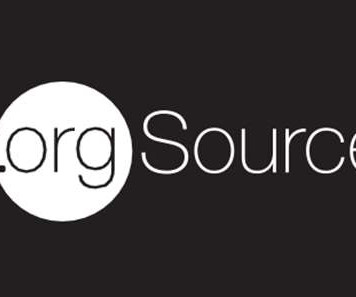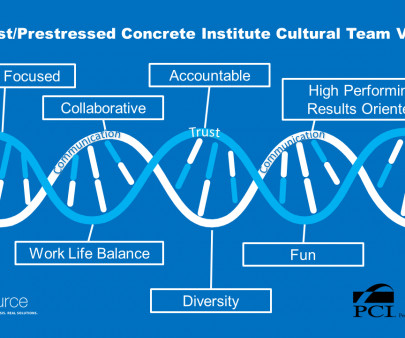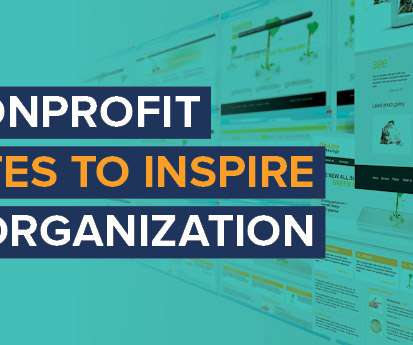Want To Be a Leader? Get to Know Yourself
.orgSource
OCTOBER 24, 2023
And, without self-awareness, it’s impossible to be a role model for others. Tone of voice, body language, and facial expression are clues to what or how people want to communicate. Make time for reflection. Practice questioning your attitudes and intentions before every decision. It sounds simple. Observe behavior.


















Let's personalize your content